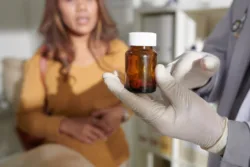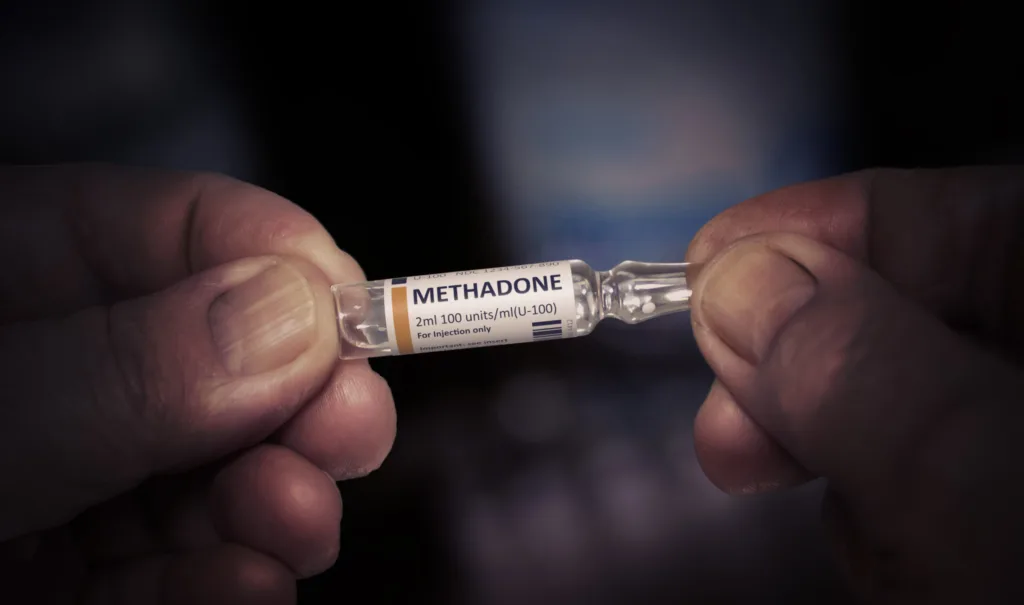A Closer Look at Methadone’s Role in Addiction Treatment

A commonly used strategy for treating individuals with substance use disorder is through the use of medication-assisted treatment (MAT). MAT allows clinicians and psychiatrists the chance to prescribe medications to their clients with the intent of increasing detox success and decreasing discomfort from withdrawal symptoms.
The FDA has approved certain medications that are often used in medication-assisted treatment, including methadone. If you are prescribed methadone for the sake of enhancing your recovery, it is important to understand your medication, including how it works and the potential side effects of methadone.
What is methadone?
Methadone is a schedule II controlled substance (meaning it is a closely monitored drug) that is sometimes prescribed for pain management, but is often utilized in MAT programs for the sake of reducing opioid use. Methadone is itself a synthetic opioid, yet used effectively in treating challenging addictions like heroin, morphine and codeine.
Many have concerns about methadone use in treatment, speculating that because methadone is an opioid itself and has abuse potential, it is simply replacing one substance with another. While methadone alone (without any previous addiction or abuse history) can be potentially addicting, methadone used in medication-assisted treatment is not.
This is because the doses and frequency of the prescription are not administered at a level that can cause addiction. MAT-prescribed methadone is dosed to lessen the intensity of withdrawal symptoms, reduce cravings and help the body wean off addictive substances slowly and effectively. It is not dosed to maintain the levels of addiction that heroin or morphine causes.
How does methadone treatment work?
Methadone treatment works to help those seeking relief from opioid addiction, but who need more treatment than talk therapies alone, find success in recovery. Methadone use is relatively easy, as it is taken once daily as a liquid or in pill form. It is most effective and successful when combined with additional therapies.
“Patients taking methadone to treat opioid addiction must receive the medication under the supervision of a physician. After a period of stability (based on progress and proven, consistent compliance with the medication dosage), patients may be allowed to take methadone at home between program visits.”
The average dose of methadone depends on the patient and their history, as well as their overall treatment goals. Additionally, the length of time for methadone treatment usually lasts a minimum of 12 months, while some clients do require a longer amount of time to fully reach a solid state of recovery.
For methadone to work effectively and benefit your treatment in the best way possible, there are certain steps you need to take, including:
- Do not take your medication in any dose, form or frequency other than how it was prescribed by your doctor
- Do not stop taking your medication suddenly, as tapering off methadone will be important should you and your practitioner determine weaning off the medication is best for you
- Keep open communication with your doctor in regards to your prescription and whether or not you have any concerns regarding the effectiveness of your dose
- If you miss a dose, don’t take two doses at one time, but take your next dose at the appropriate time the next day
While there are risks associated with any medication, those linked to methadone can be minimized by closely adhering to prescription instructions and communicating thoroughly with your doctors and/or psychiatrist.
What are the side effects of methadone?
To understand your medication, it is important to know the side effects you may experience while taking methadone. If you begin suffering from side effects, especially unpleasant ones, consider talking with your doctor to get your treatment plan back on track.
Common side effects of methadone use may include:
- Restlessness
- GI upset, including vomiting or nausea
- Itchy skin or hives
- Reduced respiratory rate, including light-headedness and feeling faint
- Chest pains
- Confusion or hallucinations
If you feel any of these effects, be sure to reach out to your doctor to adjust your dose or consider other treatment prescriptions/options, if necessary.
Where can I find methadone treatment programs?
High-quality treatment is crucial when enrolling in a medication-assisted treatment program so that whole-body and mind healing can be achieved. When seeking treatment, look for programs that offer MAT in addition to other evidence-based recovery practices like support groups, medication management classes and cognitive behavioral therapy sessions.
Pyramid Healthcare is proud to offer such treatment programs to fit a variety of lifestyles and recovery goals. Our York, PA facility specifically operates as a methadone clinic, providing accessible recovery options to those seeking freedom and healing.
To learn more about our services, reach out to Pyramid Healthcare by calling 888-694-9996 or contacting us online to get in touch with a counselor today.



